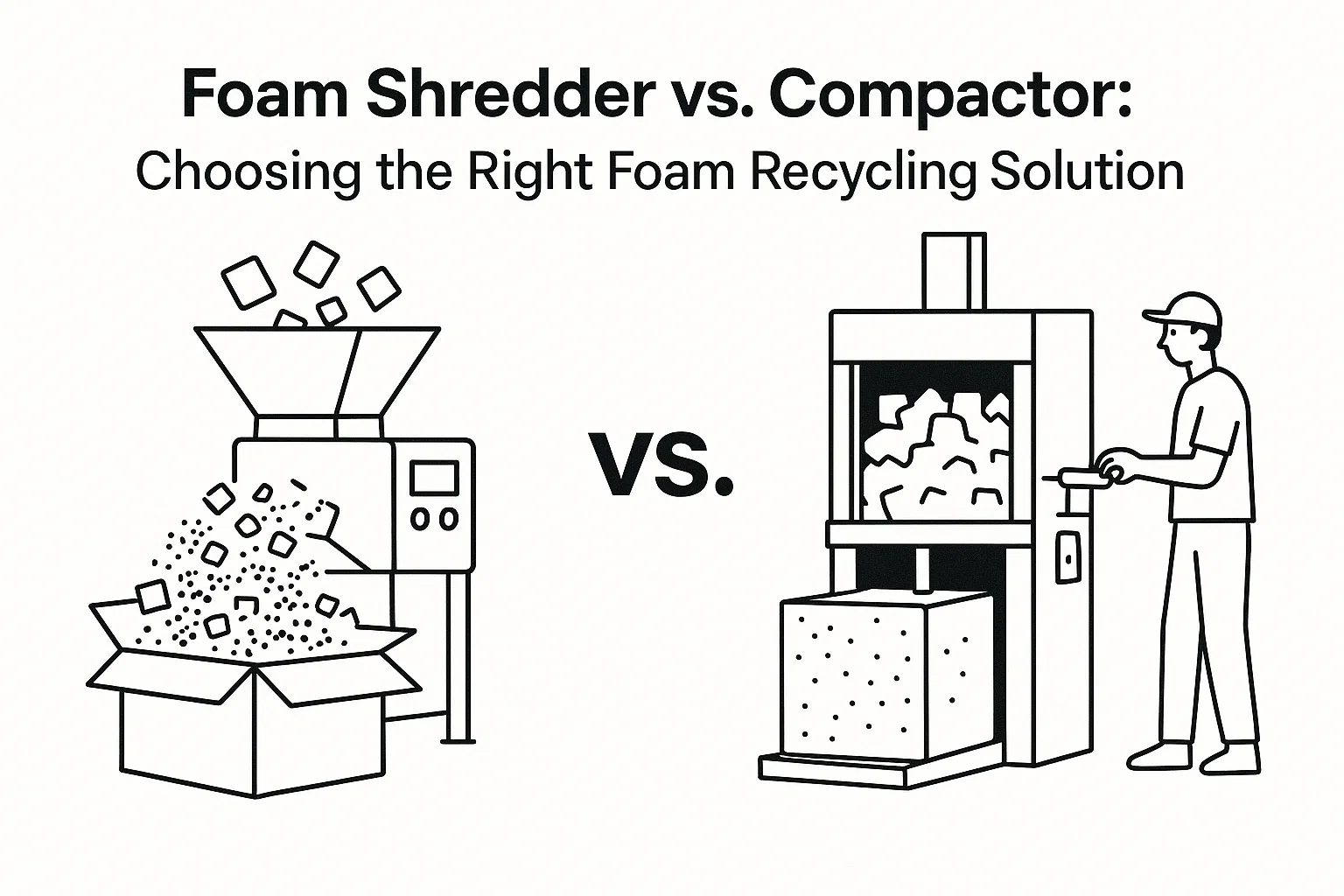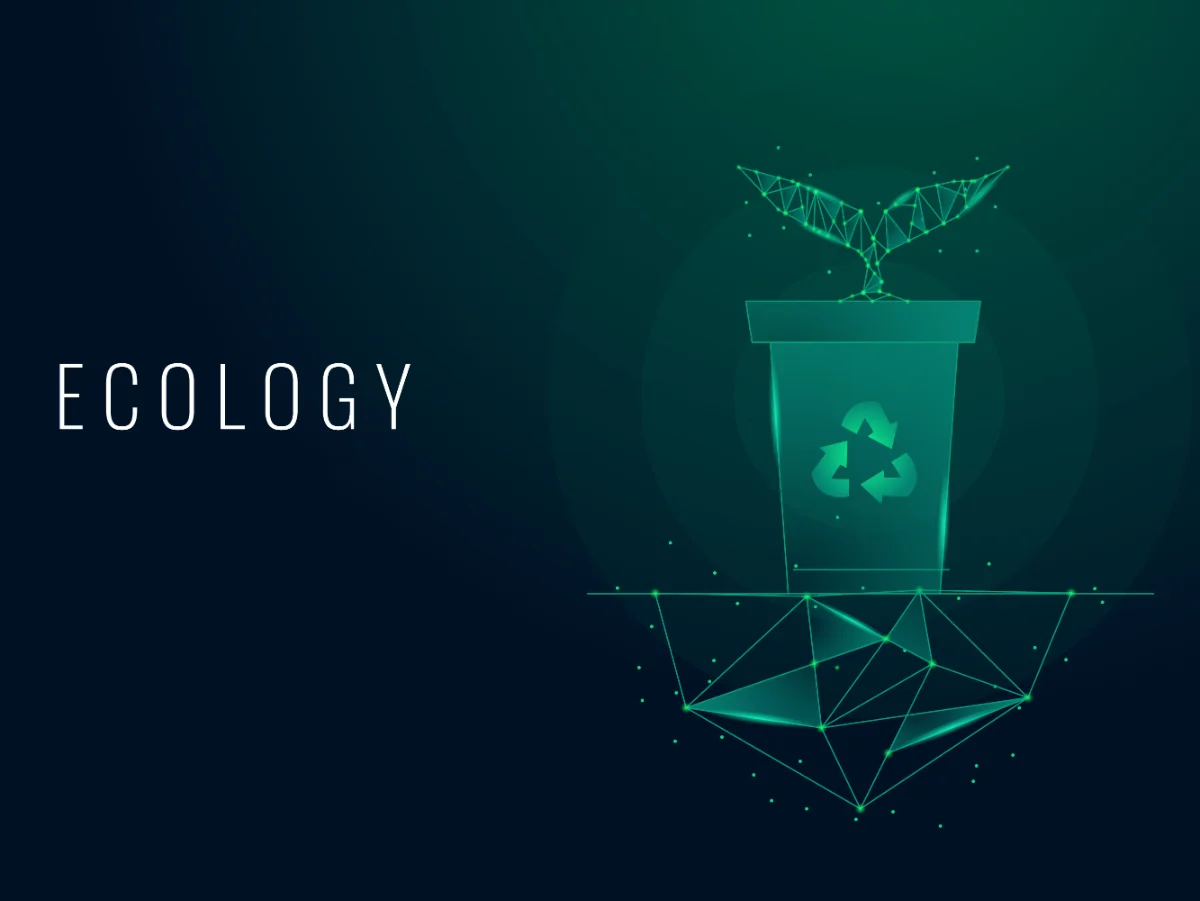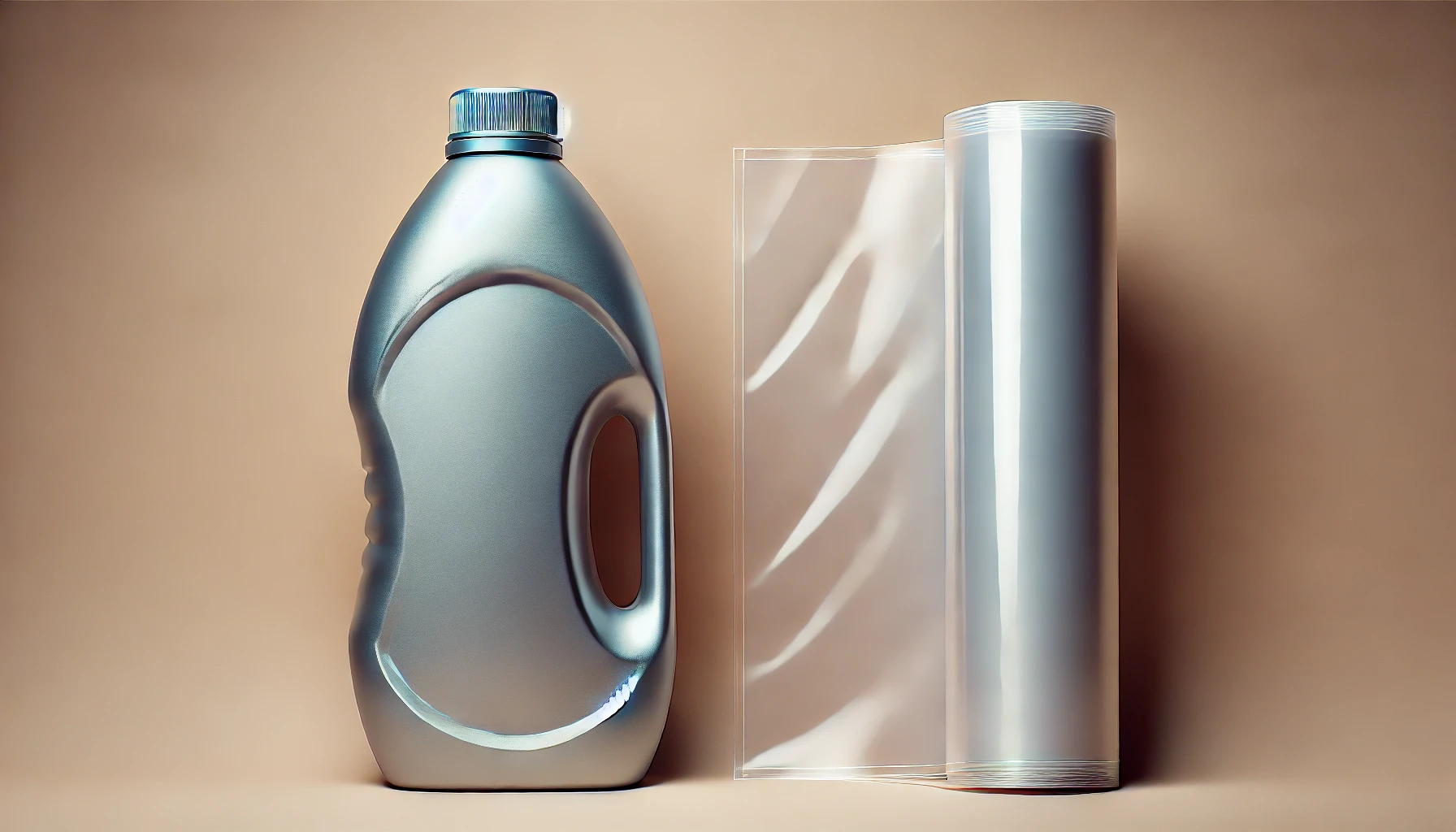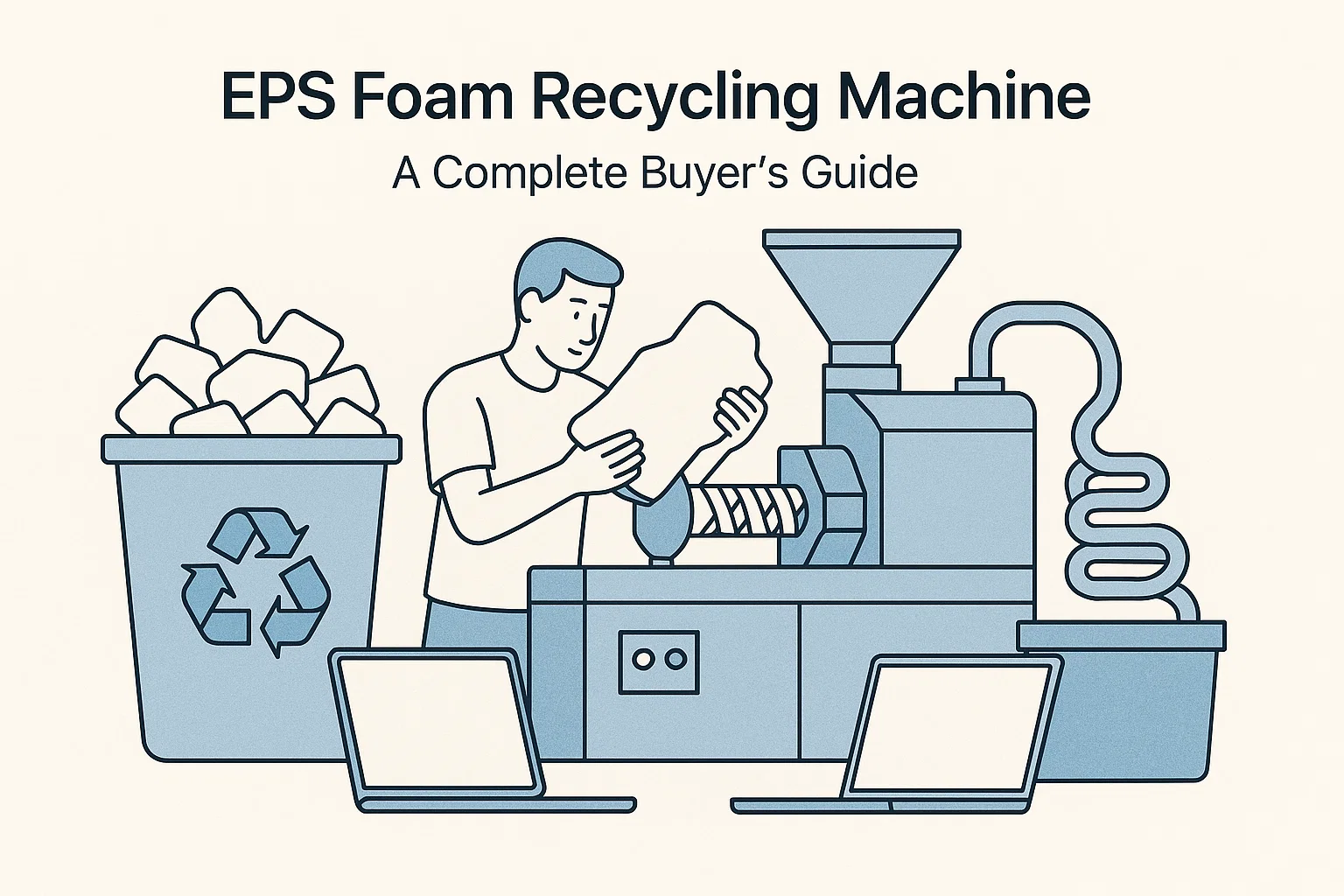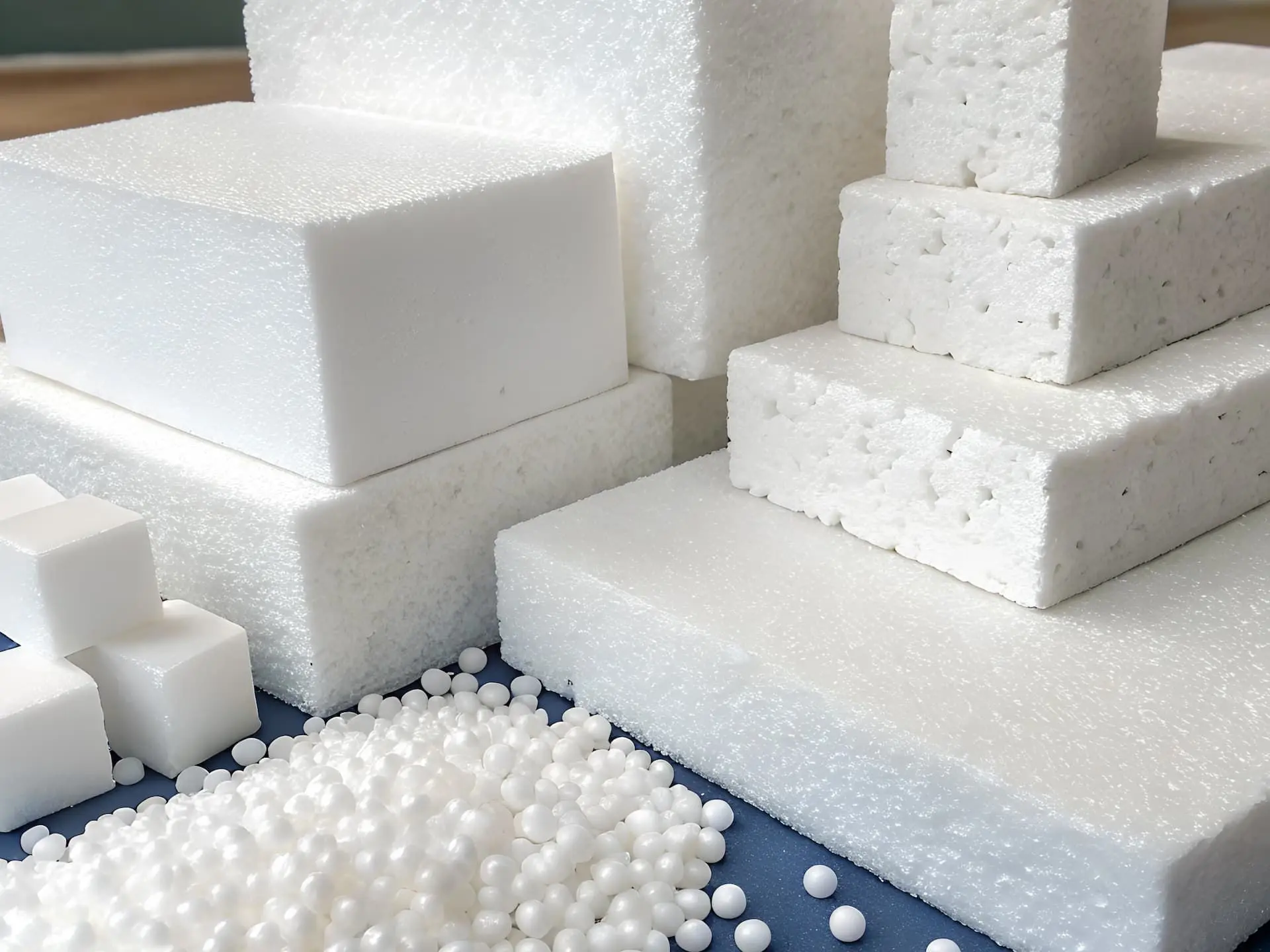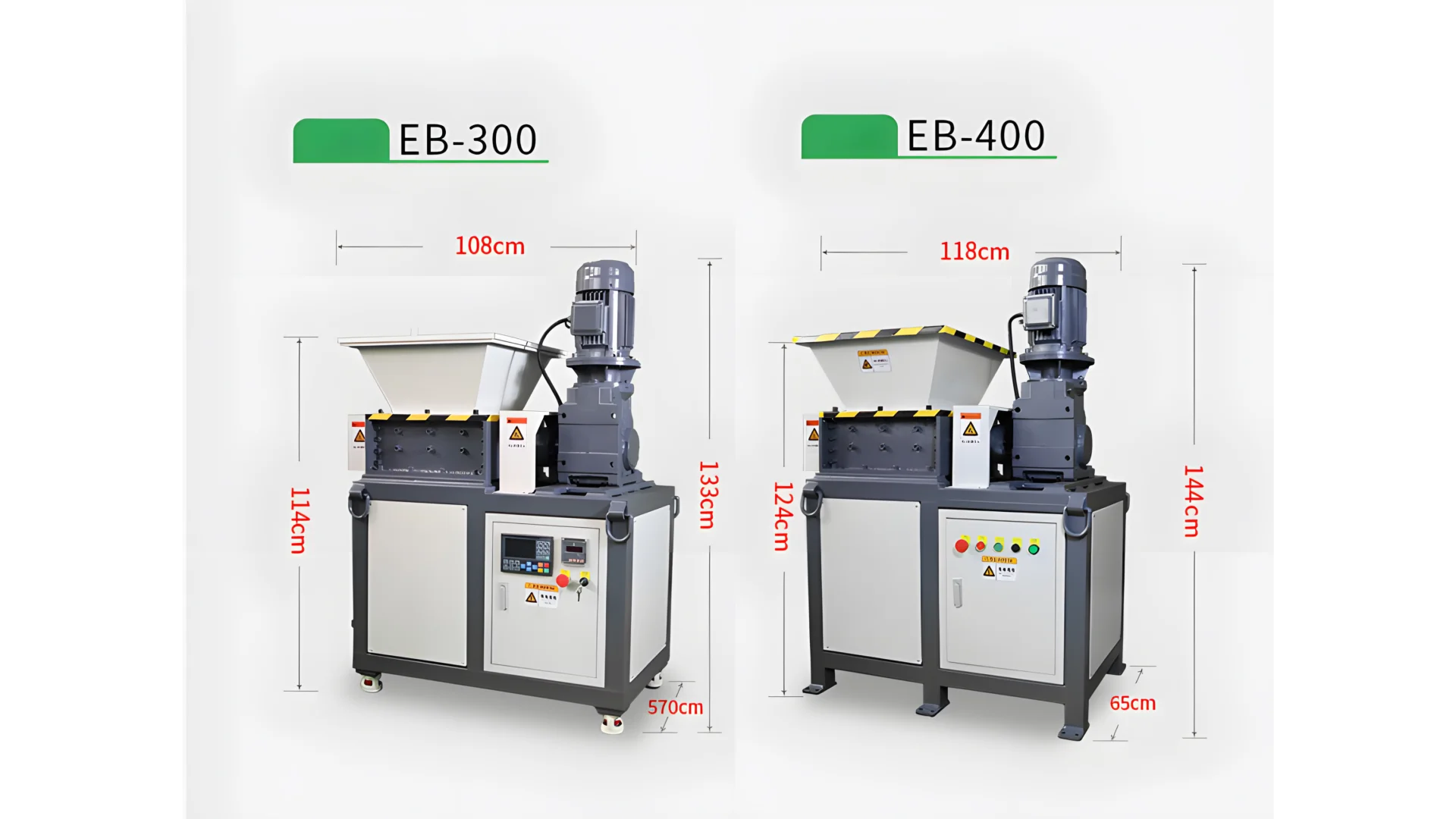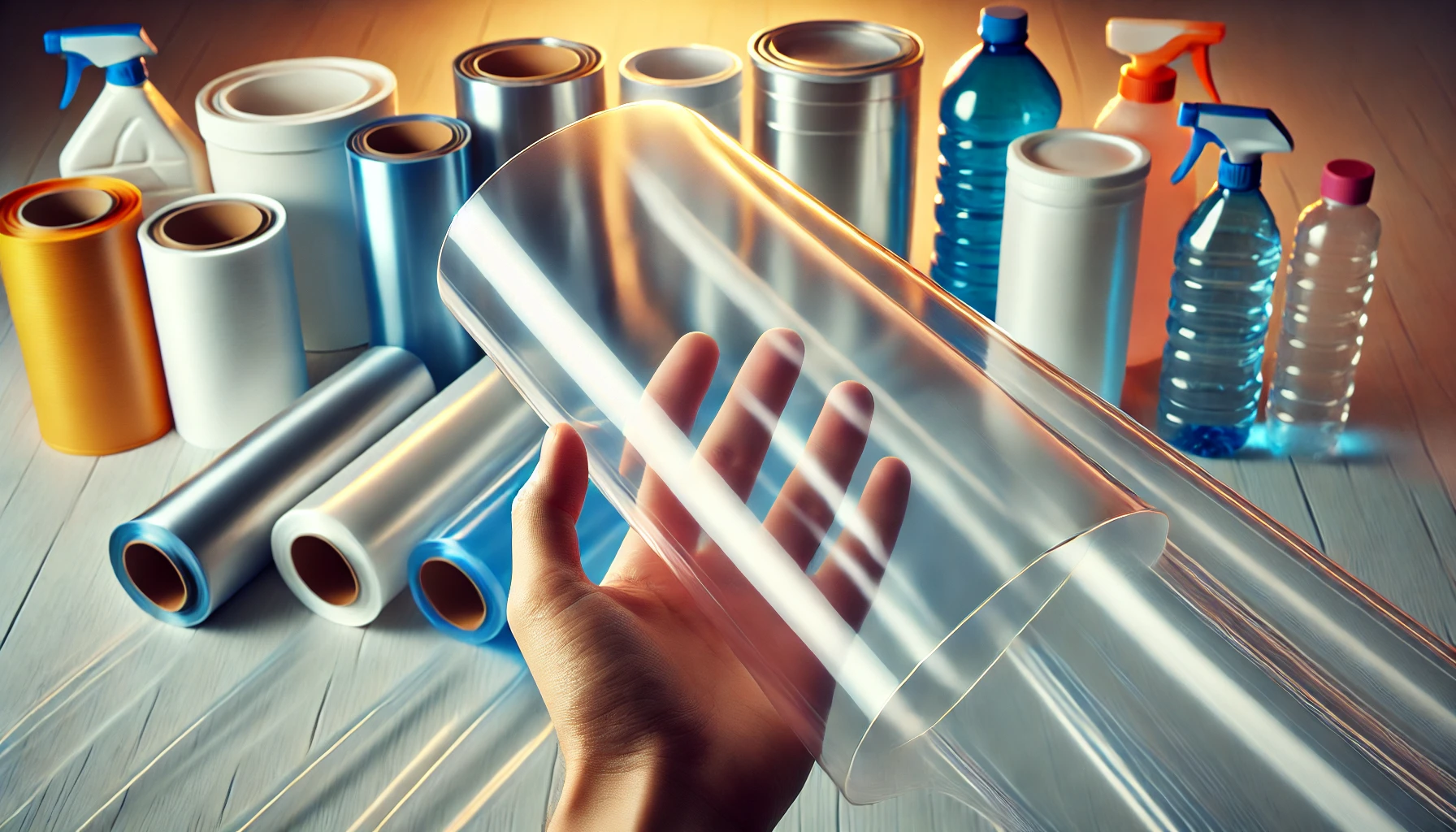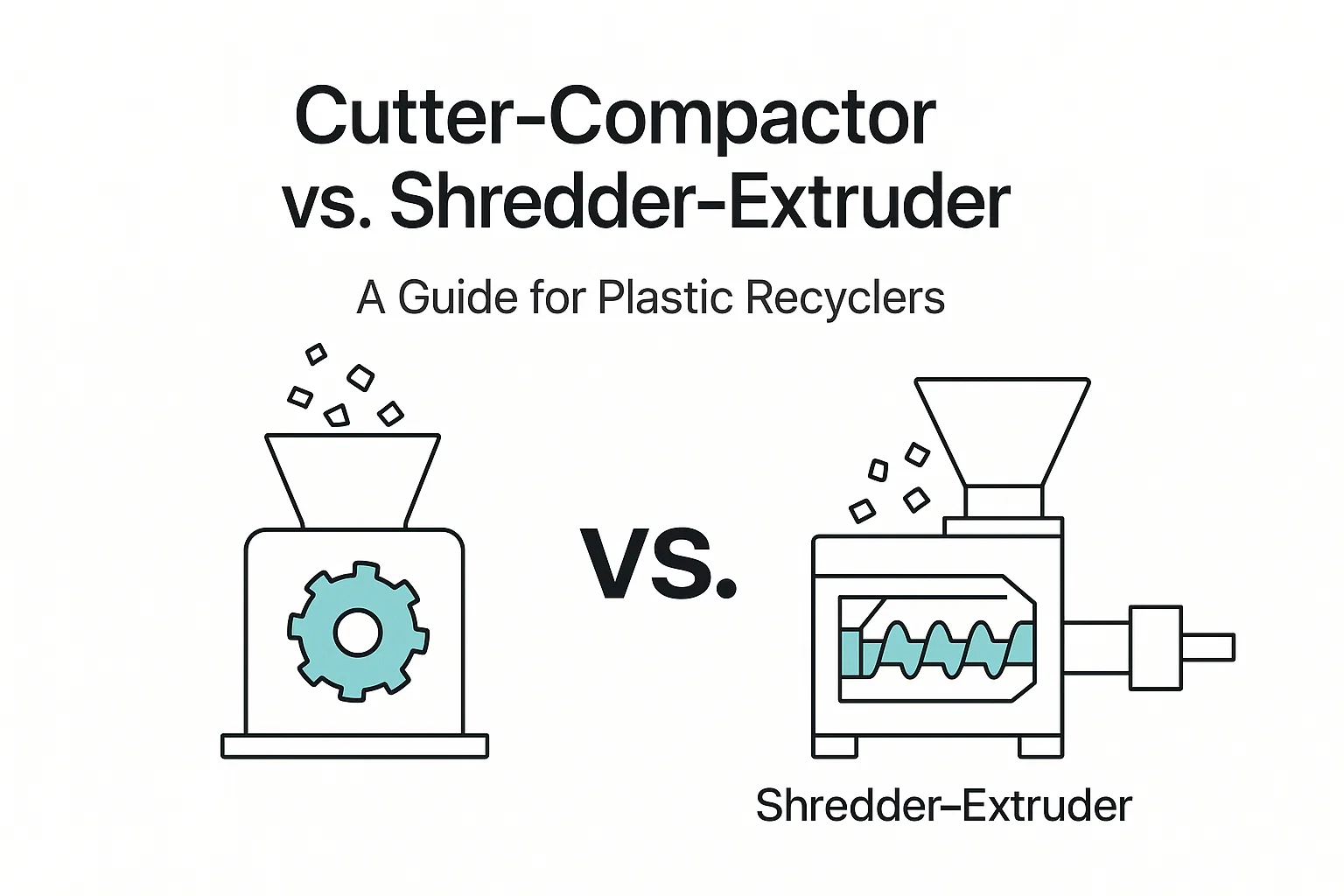Recycling News
Categories Recycling News
Posted on
A plastic pelletizer is a versatile machine for recycling, but what materials can it handle? This guide covers common plastics like Polyethylene (PE) and Polypropylene (PP), plus advanced polymers like PET and ABS. Learn the essential processing requirements for each to produce high-quality, reusable plastic pellets for your business.
Categories Recycling News
Posted on
Understand the distinct roles of foam shredders and compactors in foam recycling. A shredder reduces piece size for reuse as filler, while a compactor drastically reduces volume for transport and sale. This guide helps you choose the right machine based on your business goals, foam type, and volume.
Categories Recycling News
Posted on
AI is transforming the recycling industry by integrating intelligence into plastic recycling machines. This technology drives growth through hyper-accurate sorting, predictive maintenance to reduce downtime, and data analytics for process optimization. The result is higher purity materials, lower operational costs, and a stronger global trade in recyclables.
Categories Recycling News
Posted on
A Plastic Film Squeezer is essential for efficiently recycling soft plastics like LDPE and PP films. By mechanically dewatering washed material to under 3% moisture, it eliminates the need for energy-intensive dryers, prevents production bottlenecks, and prepares densified granules for high-quality pelletizing, boosting profitability and throughput.
Categories Recycling News
Posted on
Learn the key differences between plastic shredders and crushers for recycling. This guide explains operational principles, output sizes, and buyer decision strategies — helping professionals choose the best equipment for their waste stream. Find custom machine details and actionable tips with Energycle Machine.
Categories Recycling News
Posted on
Understanding plastic recycling machine prices is crucial for businesses entering the recycling industry. This comprehensive guide covers equipment costs from entry-level shredders to complete industrial plants, helping you make informed investment decisions with proven ROI calculations and current market insights.
Categories Recycling News
Posted on
LDPE and HDPE are widely used plastics with distinct strengths, weaknesses, and recycling needs. Learn to select the right material for packaging, containers, and industrial uses, driven by research and industry standards.
Categories Recycling News
Posted on
This comprehensive buyer's guide explains how to choose the right EPS foam recycling machine for your business. We compare the key differences between cold compactors and hot-melt densifiers, outline 7 critical evaluation factors, and provide a clear step-by-step process to ensure you make a smart, profitable investment in waste management.
Categories Recycling News
Posted on
Is foam recycling feasible for your business? This professional guide covers the industrial process for EPS, EPE, and EPP foam, focusing on the critical role of densification equipment. Learn how to turn your foam waste stream from a costly problem into a valuable, revenue-generating asset today.
Categories Recycling News
Posted on
Hard drive shredders offer a secure solution for data destruction, physically destroying drives and making recovery impossible. This article explores the advantages, working principles, and applications of hard drive shredders.
Categories Recycling News
Posted on
Understand the essential industrial process for recycling PE and PP plastic film. This guide details each step, from collection and shredding to washing and pelletizing. Learn how to overcome common challenges and choose the right machinery for a profitable and sustainable operation.
Categories Recycling News
Posted on
This expert guide helps plastic recycling professionals choose between a cutter-compactor and a shredder-extruder system. We compare them on key business factors like energy use, footprint, material suitability, and cost to guide your investment decision for recycling soft plastics like film and bags effectively.



